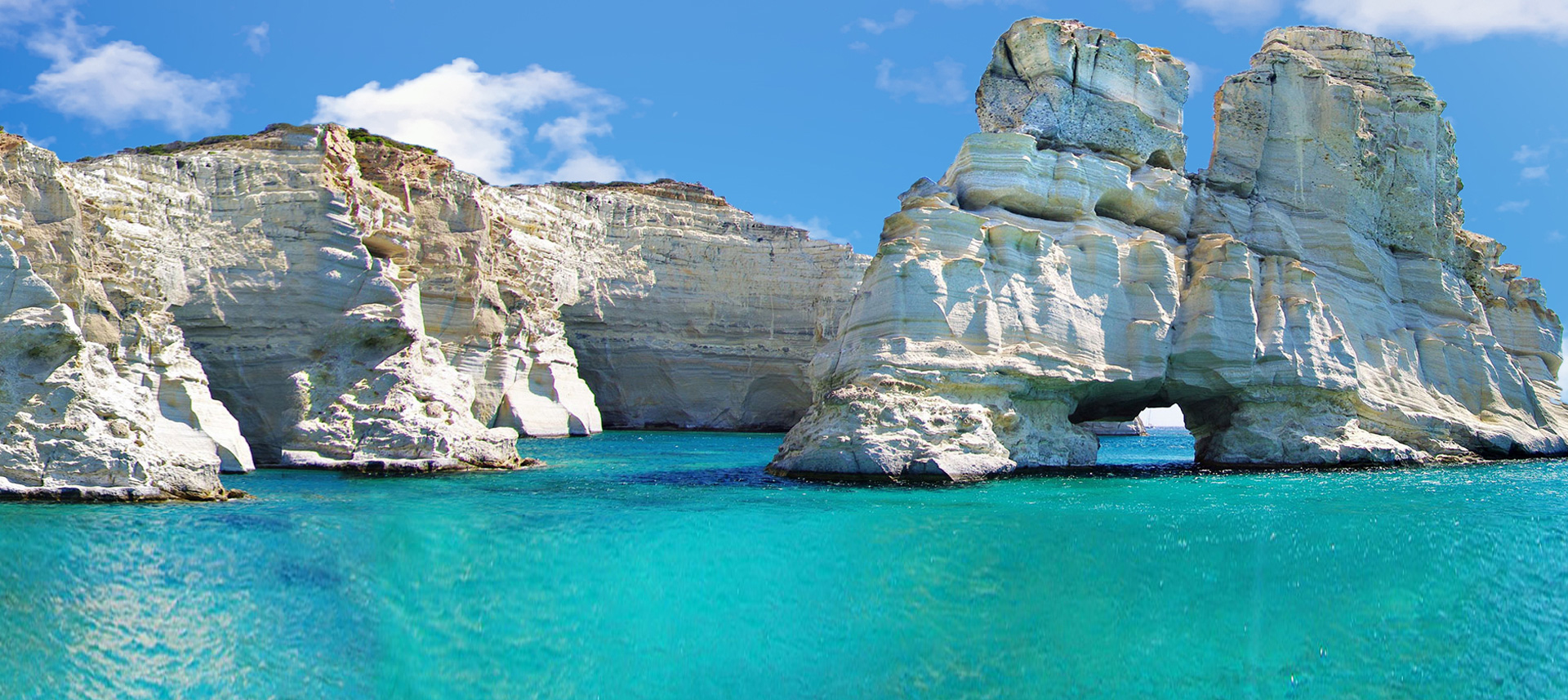

- Home
- Mount Olympus and the Archaeological Site of Dion
- Posts
- Mount Olympus and the Archaeological Site of Dion
Home » Travelling in Greece » Mount Olympus and the Archaeological Site of Dion
Mount Olympus and the Archaeological Site of Dion
The mountain of the gods!
The highest mountain in the country has been declared a National Park since 1938.
The mountain of the gods! Olympus. It is not an easy task to conquer, but it is an easy task to charm you. With intensely rich flora and very interesting fauna, visiting or even staying on Mount Olympus is a magic.
The highest mountain in the country has been declared a National Park since 1938. As a result, the area has some rules that those who visit it should follow. For example, traffic is allowed from sunrise to sunset only on landscaped paths.
Olympus is the most popular mountain in Greece and reaches 2,918 meters with its peak, Mytikas. It is located on the borders of Macedonia and Thessaly and is known worldwide due to ancient Greek mythology and the fact that it was the residence of the twelve gods.
For the etymology of the word “Olympus” there are various versions as sky, bright, tall, rock etc. According to mythology, Mytikas is the meeting point of the twelve gods. The current location Stefani is the throne of Zeus and from there he unleashed his lightning.
The first thing you should do when you go to Olympus – if you are one of the brave ones – is to climb Mytikas. The very next place you should see and Stefani (the throne of Zeus) which is located just below. Both of the above parts of course presuppose good physical condition. So if you are not very fond of climbing you can be satisfied with the beautiful mountain villages of Olympus such as Kalivia, Pythio, Kokkinopilos and others that are located mainly on the west side of Olympus. Of course you can also visit Litochoro and Dion.
The ideal time to go to Olympus is of course summer. If you want to climb to the top it must have favorable weather, it is not enough just to be summer.
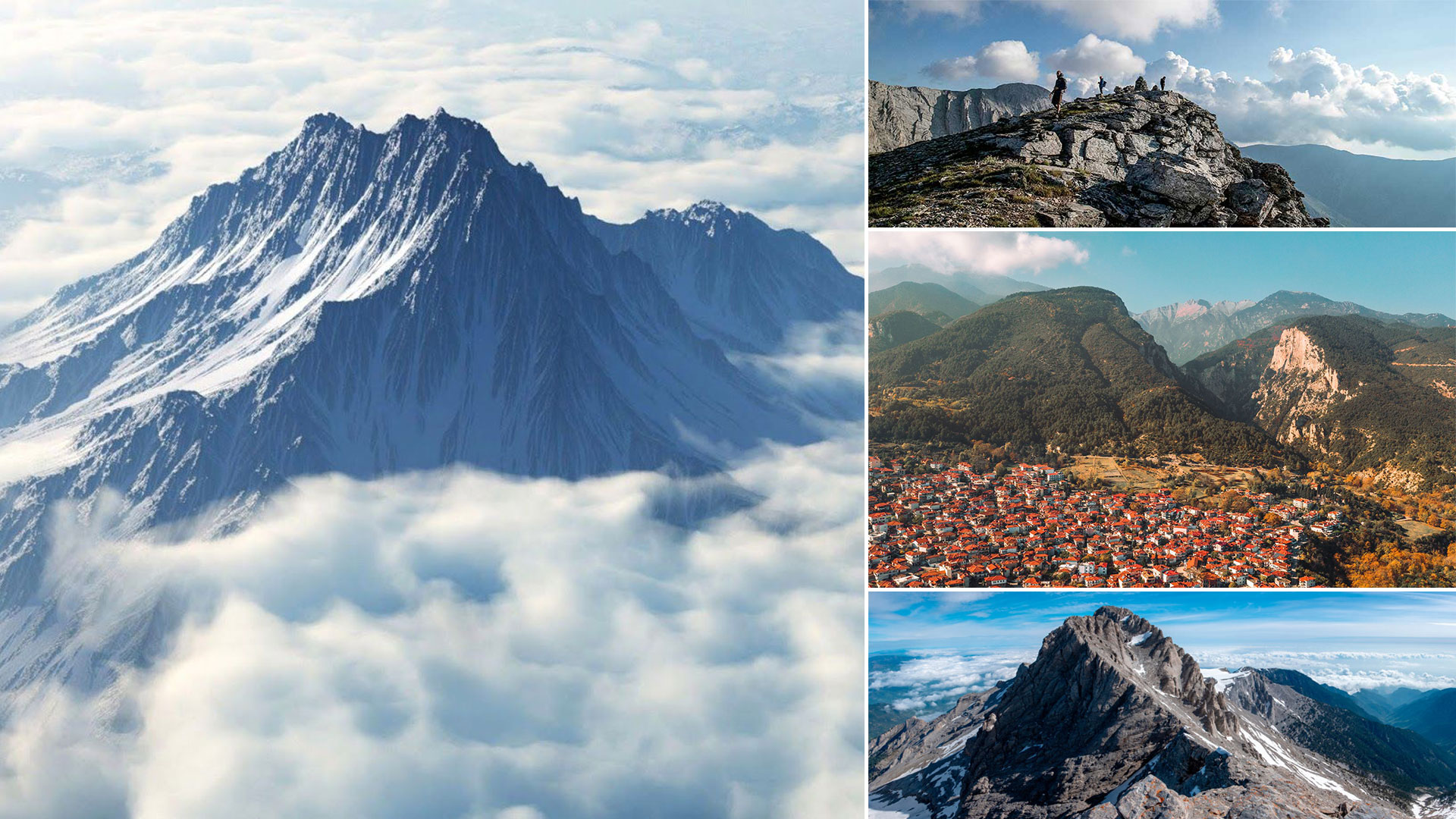
The Archaeological Park of Dion
The archeological excavations in Dion, the holy city of the Macedonians, led by Professor Dimitris Pantermalis, brought to light many findings, which prove the existence of a brilliant civilization and one of the most important Macedonian cities.
The Archaeological Park of Dion, includes important findings, as well as the Ancient Theater, where during the Olympus Festival, the ancient tragedy and other performances are revived. To the south of the Municipality are the Ancient Livithra, the burial place of the mythical Orpheus, the most gifted musician of antiquity.
Also, in the south the visitor will see the Castle of Platamonas, one of the most beautiful and best preserved castles in Greece, which dates back to the Frankish era. It is built on the site of ancient Heraklion, the first city of Macedonia.
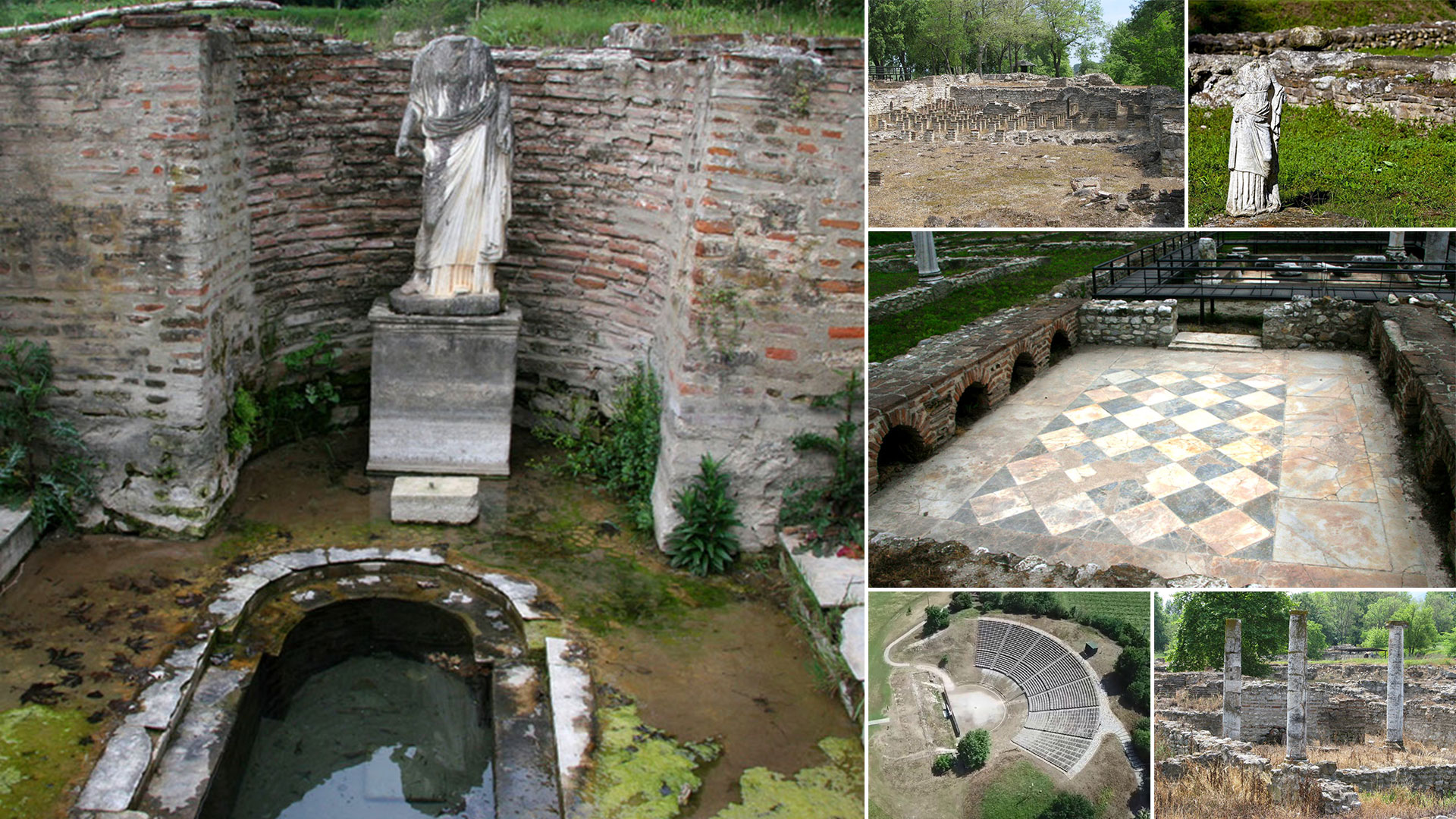
The pre-eminent holy city of the Macedonians and the sacred site of Zeus in the area of Olympus. It reached great prosperity during the Hellenistic times, but also in the Roman years, as it was one of the earliest Roman colonies in the Macedonian area. The city was dedicated to Zeus and every year religious ceremonies were held in honor of the father of the gods. For the ancient kings of Macedonia, Dion was their summer residence and as a sacred place of worship, its inhabitants were called Dioi, Dieis and Diastai.
In modern times, the event that gave Dion worldwide recognition, are the discoveries of the archaeological dig, which brought to light one of the most important Macedonian cities and a religious center of antiquity. During these excavations, the sanctuaries of Demeter, Isis, Dionysus and the Asclepieion came to light. Streets with shops, the Cemetery and the city wall, the Hellenistic and Roman Theater, the Roman baths with many sculptures, the Conservatory, the impressive mosaic of the “Villa of Dionysus” of about 100sqm, as well as an Early Christian outside the walls. Most tombs, royal, testify to the existence of a brilliant and prosperous civilization.
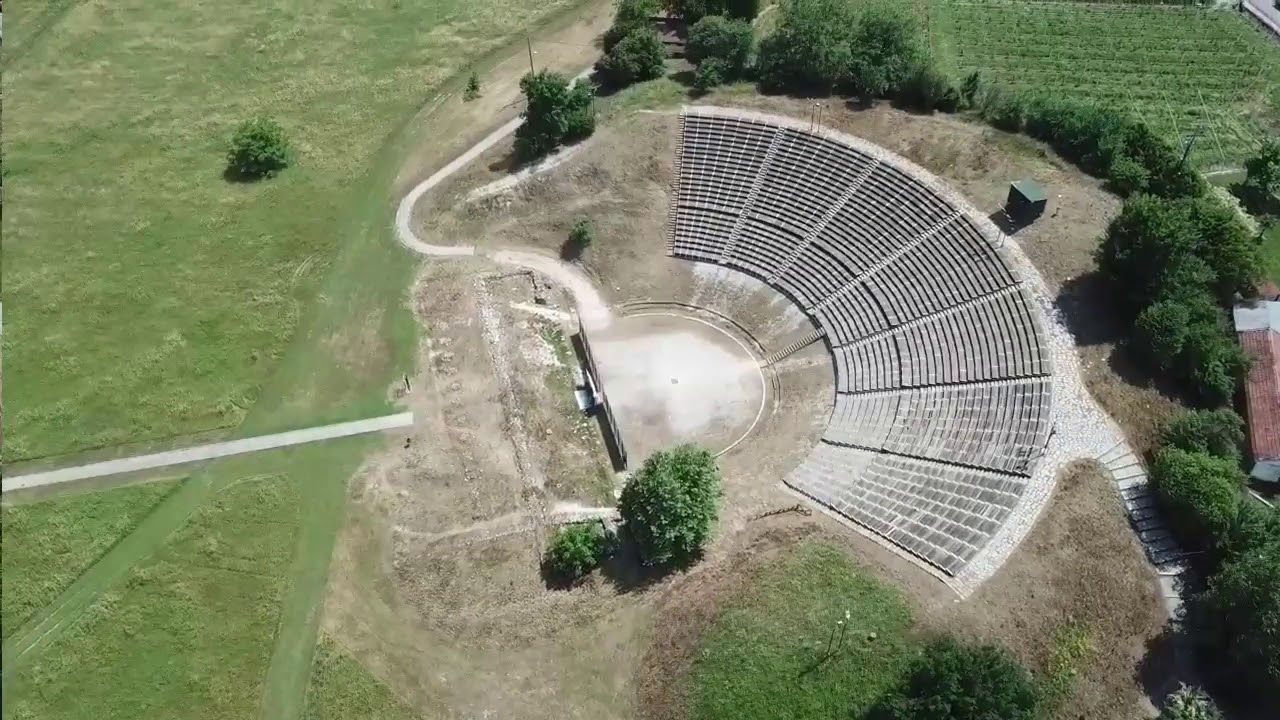
ANCIENT THEATER OF DION
To the south and on the borders of the settlement of Dion, having to the west the Sanctuary of Demeter is the Ancient Theater. A unique construction from the Hellenistic period, dating to the reign of Philip V (221-179 BC).
It is built on the slope of a low natural hill, with northeast orientation, which according to Vitruvius is suitable for good ventilation of the area. From a construction point of view, the theater was formed with excavation and artificial earthworks and the result of these interventions is the harmonization with the natural landscape, making it unique in its kind.
With an orchestra diameter of 26m, it includes an uncovered stone sewer and had a floor of pressed soil. In the axis of the theater and inside the orchestra, there is an underground corridor with two chambers, which is certainly identified with the “Haronia scale” of the ancients, ie the entrance of the actors who played the faces of the Underworld.
There are also reports that King Archelaus invited Euripides to Macedonia, where he lived the last years of his life, during which he wrote the masterpieces “Archelaus” and “Bacches” and it is considered almost certain that these performances was take place here in front of the ancient Greek public.
Today, it stands majestically and revives its old glories, since after interventions, with the installation of wooden stands, it has a capacity of 4,000 seats and hosts performances as part of the Olympus Festival.

ANCIENT LIVITHRA
Livithra is considered the birthplace and burial place of Orpheus, the most famous and gifted mystic, musician and singer of antiquity. It is an ancient city with a citadel, which is located at Kanalia, at the entrance of the large fold that separates Kato from Ano Olympus, between Palea Leptokarya and Skotina.
The citadel of Livithra is surrounded by three torrents, which form the common bed of Ziliana, ancient Sys. The risky choice of location seems to be the cause of the destruction of the citadel, but it is also the reason for the incredible beauty of the natural environment.
References to the existence of Livithra can be found in the texts of Stravonas and Pausanias, who also formulated the destruction of Livithra “under Zeus, the torrent of Olympus” but also to Roman historians.
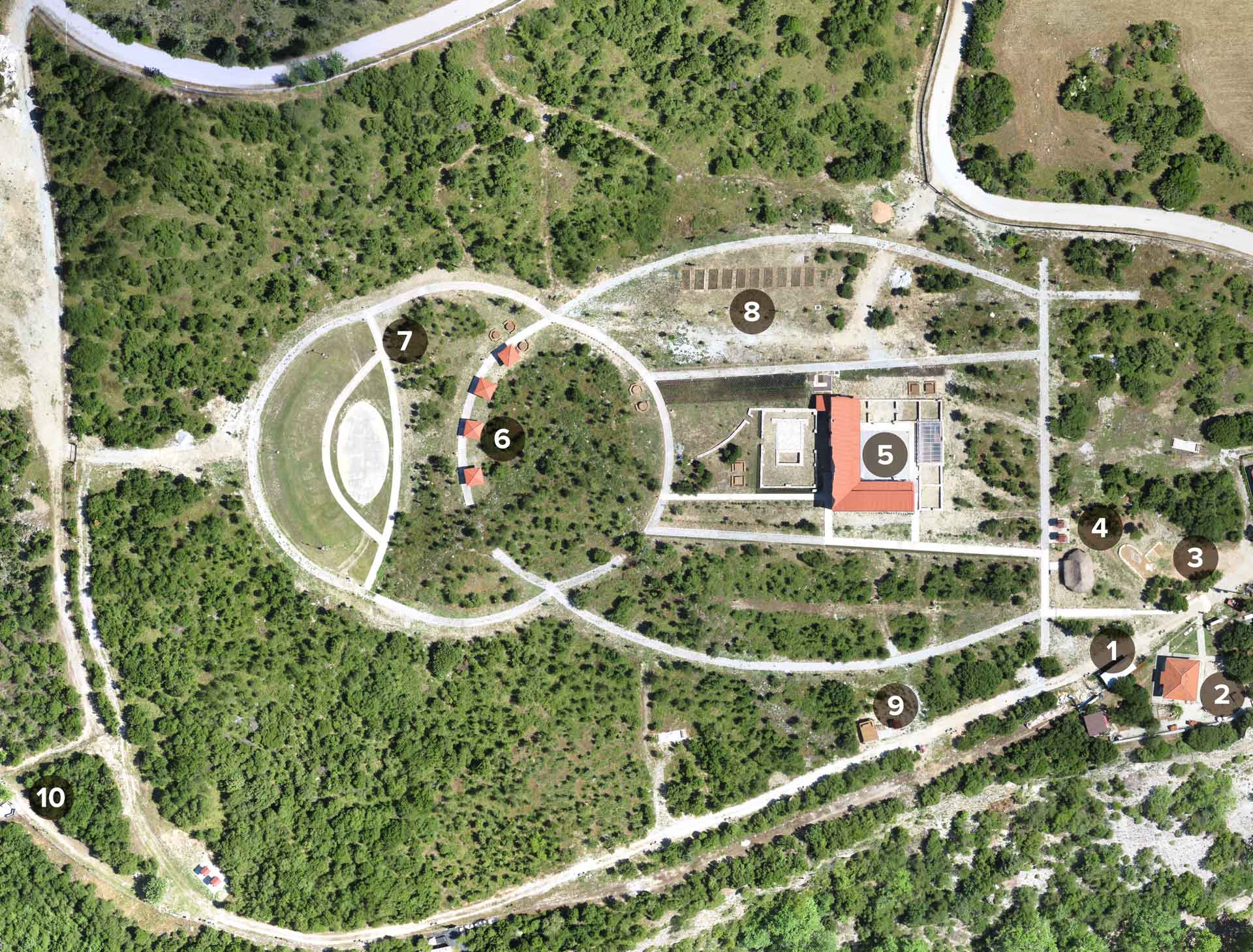
THE MYTH OF LIVITHRA
According to legend, Orpheus was born of the most important of the Muses, Calliope. He was violently killed by women from Pieria, who killed him in the paralympic country of Zeus. There flowed a river, the Elikon, in the waters of which they wanted to wash away the blood of Orpheus. The river then, in order not to contribute to the purgatory of the murder, disappeared into the earth and came out clean in Dion, under the name of Vafiras. From there, now a navigable river, it flowed into the sea.
According to the ancient oracle, when the sun faces the bones of Orpheus, the Livithra will be destroyed. After a great earthquake, which revealed the bones of Orpheus, the waters of the river Sys swelled and destroyed the Livithra. The inhabitants left the city and settled in Elefsina.
THE ARCHAEOLOGICAL PARK
In recent years, archaeological excavations have been carried out in the area, which have highlighted important findings dating back to the Mycenaean era and the era of Archelaus. The area of Livithra is about 15 acres and including their Acropolis, extends from the place Alonia of Skotina to the old Leptokarya.
Archaeological discoveries brought to light the Livithra cemetery and the Acropolis of the fortification environment. Parts of brick walls, interior floors, cobblestones, coins and figurines are the main findings of the excavations, which are in the first stage.
In the experiential park of Livithra, the first tangible map of an archeological site was placed in 2017, for the convenience of the blind.
- Start of route
- The Outpost
- Base of an arched Mycenaean building
- Small oval building of natural construction
- Main information building
- Orpheus and Muses kiosks
- Theater
- Natural Farming Fields
- Observation post
- Towards the citadel of Livithra

Platamonas Castle
The Middle Byzantine Castle of Platamonas is built at the southeastern foot of Mount Olympus. A uniquely preserved Castle dating back to the Frankish era, with the imposing Tower inside, which was a strategic point of control of the passage from Thessaly to Macedonia by land and sea.
In the Castle we find the 3 main characteristics of the medieval fortresses: the first precinct, the second precinct, which constitutes both the citadel and the central tower.
It was built on the site of ancient Heraklion (or Heraklion), with the entry of the Franks during the Fourth Crusade and was granted to Bonifatio of Momferatiko in 1204, as part of Pieria, part of the Kingdom of Thessaloniki.
The first “occupants” of the Castle were knights, specifically under the Lombard Rolando Pique, between 1204 and 1222. However, it was soon occupied by Theodore Komninos I, when he overthrew the Frankish Kingdom of Thessaloniki. From then on, it came under the control of Manuel Komninos and then was annexed to the Despotate of Epirus.
The wars and riots in the wider area continued until 1259, when the area was occupied by the emperor of Nikea, Michael XVI Palaiologos and the Castle used as a prison for the Franks.
Naturally, such a strategic point did not go unnoticed during the Turkish occupation, which was followed by successive conquests between Turks and Venetians. In the pre-revolutionary years and during the revolution, it was occupied by the Greeks and in 1897 it was bombed by Captain Sachtouris, when it was permanently abandoned by the Turks.
The next stop in the history of the Castle is the Second World War and the military operations against the Axis powers. History records the battle between New Zealand forces and units of the German army on 14-16 April 1941.

Olympus National Park: Tour of the gorge of Enipeas
Based in Litochoro, a town built at the eastern end of Olympus, travelers have the opportunity to discover the magnificent gorge of Enipeas.
According to mythological tradition, Enipeas, the most beautiful of the river gods, son of Oceanus and Tithios, fell in love with Tiro, the daughter of King Salmon and Alkidiki.
The god Poseidon, who saw Tiro and fell in love with her, took the form of Enipeas, so that he could conquer her.
She was deceived and accepted Poseidon.
Then, the god Poseidon revealed his identity to Tiro and announced to her the birth of their twin children, Pelias and Nileas.
Besides, according to the mythology, Lito, the mother of Apollo and Artemis, bathed in the waters of Enipeas, while the gorge of Enipeas was the place where the Mainades devoured the hero Orpheus, poet and famous musician.
The starting point of the tour in the gorge is the place “Mills”, one of the entrances of the Olympus National Park, at an altitude of 400.
Nature lovers follow the well-preserved international hiking trail E4, which is marked and informative signs.
Impressive slopes, canyons and ravines, dense vegetation, picturesque wooden bridges, running waters, ponds with crystal clear waters and small waterfalls compose a wonderful natural environment, which charms lovers of mountain routes.
Of particular interest are the Holy Cave, where Saint Dionysios asceticism on Olympus, and the monastery of Agios Dionysios (rebuilt in the 19th century houses relics of the old monastery, founded in the 16th century and was a revolutionary stronghold in various periods).
The international hiking trail E4, after a route of 9 km (moderate difficulty) and lasting about 5 hours, ends at the location “Prionia”, at the springs of Enipeas, at an altitude of 1,100.
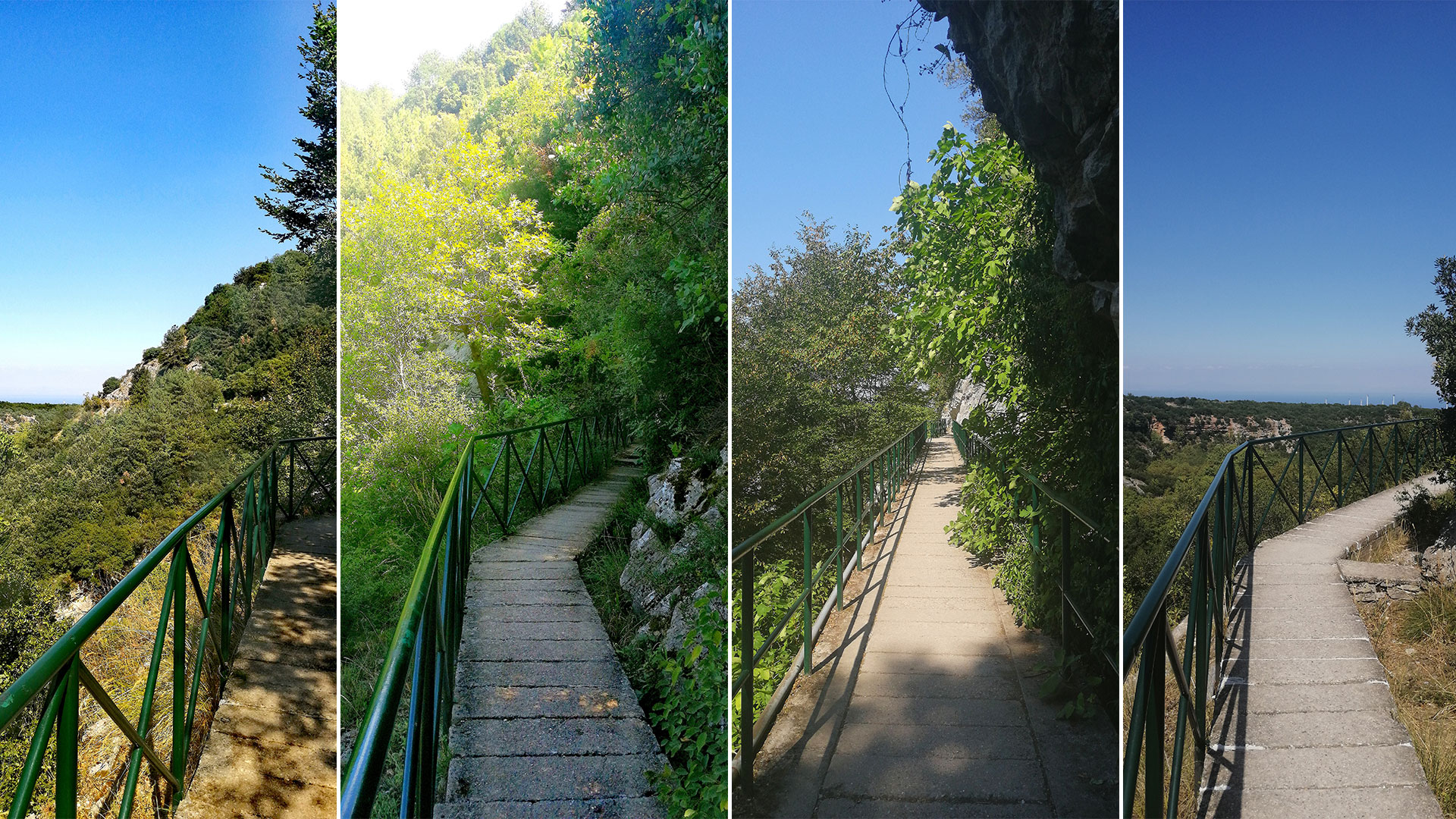
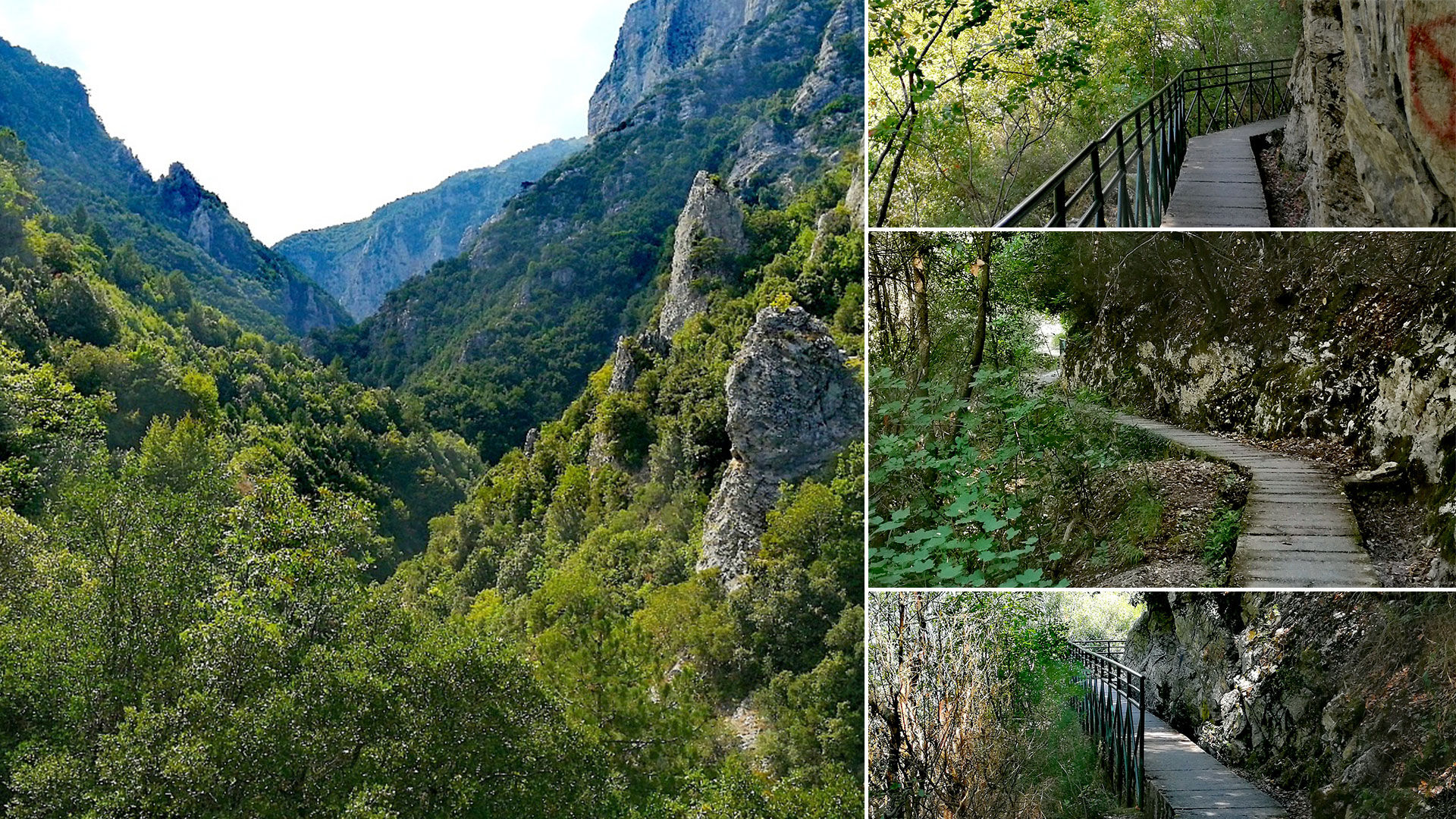
Olympus: Orlia gorge and waterfalls – Koromilia refuge
In eastern Olympus, west of Dion, there are two unknown places, except the locals, as we found out during our recent visit. We are referring to the waterfalls of Orlias (Urlias) and the Koromilia shelter.
According to tradition, the river Elikonas or Vafyras or Orlias (so named from the noise, the roar of the water) is an ancient river of Pieria which was lost from its shame refusing to purify them – when the Mainades wanted to wash their hands there of their blood of Orpheus after they had killed him in Dion, he disappeared from the ground and re-emerged there just outside Dion, where he forms his waterfalls, two of which are accessible. In the river Elikonas, the Mainades tried to cleanse themselves from the blood of Orpheus, after they killed him in Dion.
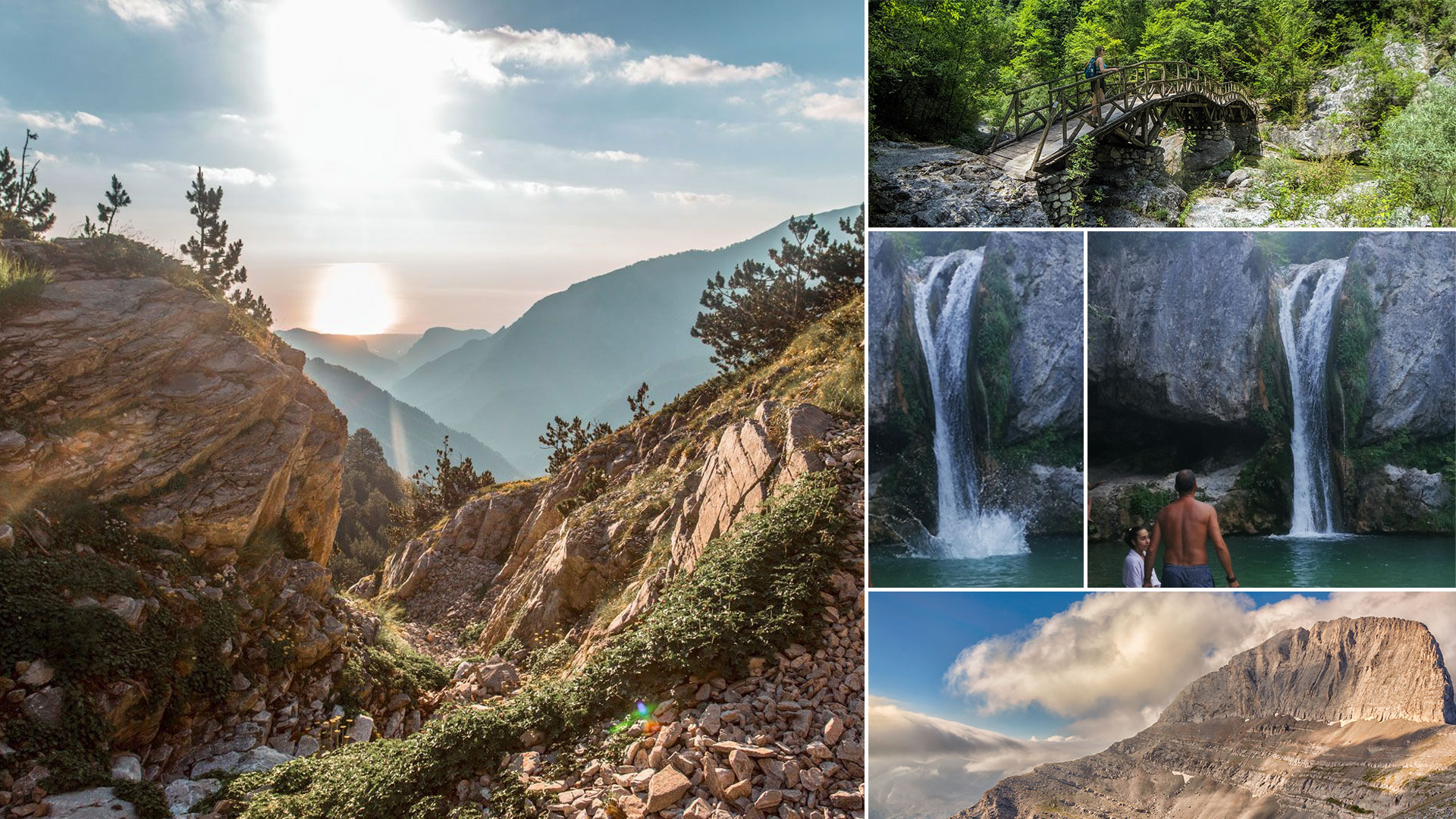
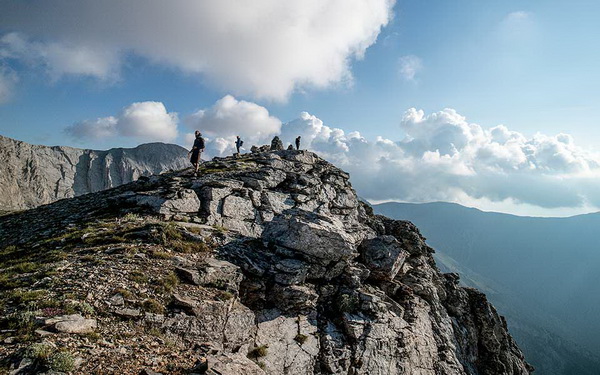
Why Mount Olympus?
Because you must visit the home of 12 Ancient Gods of Greece!
Beautiful landscapes, Nice people, Hospitality, Experiences that are completed with the smiles of the locals, Crystal clear blue water, Countless islands, Green mountains! And these are just a few of the many things you can enjoy in Greece!
We love this Greece, we support this Greece, We love to introduce you Greece, We love to help you explore Greece!
- All
- Gastronomy
- Travelling in Greece
what our clients say about us

Share The Post
The mountain of the gods! Olympus. It is not an easy task to conquer, but it is an easy task to charm you. With intensely rich flora and very interesting fauna, visiting or even staying on Mount Olympus is a magic.
The highest mountain in the country has been declared a National Park since 1938. As a result, the area has some rules that those who visit it should follow. For example, traffic is allowed from sunrise to sunset only on landscaped paths.
Olympus is the most popular mountain in Greece and reaches 2,918 meters with its peak, Mytikas. It is located on the borders of Macedonia and Thessaly and is known worldwide due to ancient Greek mythology and the fact that it was the residence of the twelve gods.
For the etymology of the word “Olympus” there are various versions as sky, bright, tall, rock etc. According to mythology, Mytikas is the meeting point of the twelve gods. The current location Stefani is the throne of Zeus and from there he unleashed his lightning.
The first thing you should do when you go to Olympus – if you are one of the brave ones – is to climb Mytikas. The very next place you should see and Stefani (the throne of Zeus) which is located just below. Both of the above parts of course presuppose good physical condition. So if you are not very fond of climbing you can be satisfied with the beautiful mountain villages of Olympus such as Kalivia, Pythio, Kokkinopilos and others that are located mainly on the west side of Olympus. Of course you can also visit Litochoro and Dion.
The ideal time to go to Olympus is of course summer. If you want to climb to the top it must have favorable weather, it is not enough just to be summer.
